Megafauna
Certainly, it may sound funny to many paleontologists and other scientists to refer to the world’s largest animals as megafauna. The “real” megafauna are creatures that, apart from the blue whale, disappeared from the surface of the Earth many centuries ago, and whose remains showed us a fragment of their equally large world. Here is a short characteristic of the Oligocene and Pleistocene megafauna, and the modern-day one, that is slightly “shrunken”.
Definition
What is, or rather, what was megafauna?
The term megafauna combines two Latin words: megas – large, and fauna – animal. This term refers thus to the description of domestic and wild land animals, larger than humans.
This term is used in relation to enormous Pleistocene animals, such as mammoths. Nowadays, it describes the descendants of the largest known creatures, including elephants, giraffes, hippopotamuses, rhinoceroses, and large ungulates from the subfamily Bovinae. The word “megafauna” is sometimes used in relation to large marine animals, mostly whales, but also to antelopes and cattle. It can be also used in relation to tremendous dinosaurs and other extinct reptiles.
Paleontologists are the most willing to use the word megafauna in relation to extinct animals that were larger in relation to their modern-day relatives, for example, 1-meter dragonflies of the Carboniferous Period.
From time to time, the representatives of megafauna are categorized into smaller groups: megacarnivores (e.g. lions), megaherbivores (e.g. elks), and more rarely, megaomnivores (e.g. bears).
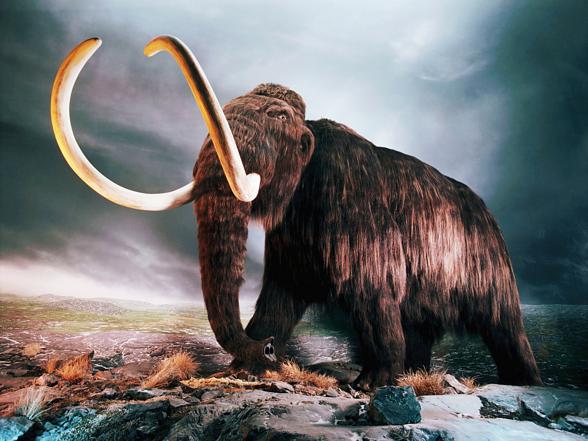
Characteristics
The animals of megafauna are characterized by longevity, a slow rate of population increase, a low mortality rate, and a lack of natural enemies able to kill adult individuals.
Terrestrial mammals
When all dinosaurs perished from Earth because of the Cretaceous-Paleogene extinction, the bodies of mammals started to increase their mass almost immediately. In order to fill all ecological niches that were left empty after the extinction of large dinosaurs, mammals had to become very varied.
Before the Cretaceous-Paleogene extinction (about 66 million years ago), mammals reached 50 kg of maximum weight. “Only” a few million years later, the largest representatives of megafauna reached the weight of about 750 kg on average. About 40 million years ago, the weight started to decrease slowly, which may be indicative of physiological and environmental restrictions. A rapid rise in average sizes of the largest mammals (from one generation to another) lasted, however, until about 30 million years ago, when Paraceratherium appeared, which were the largest terrestrial mammals in history.
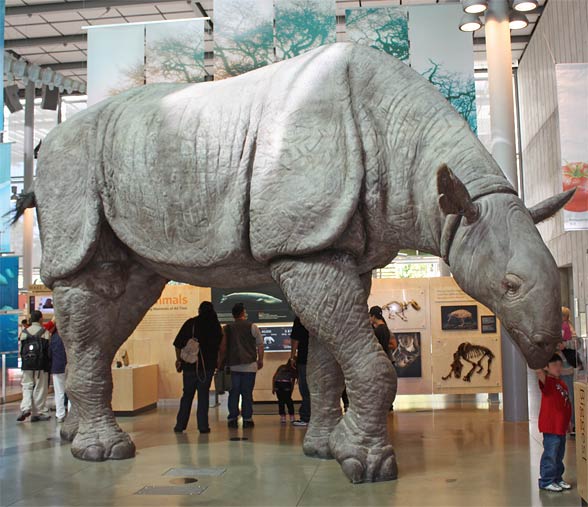
Megaherbivores
The largest herbivore terrestrial mammals in the history of Earth weighed over 10 tons. They included the representatives of the subfamily Indricotheriinae and Proboscidean. The digestive process of these animals took place in the large intestine.
Nowadays, it is believed that these animals had an advantage over mammals whose digestion occurred in the foregut. The first ones absorbed nutrients faster, therefore, these animals had to eat enormous amounts of food. In turn, it caused a significant increase in their body size.
Out of all terrestrial mammals, the odd-toed ungulates had the most rapid growth rate, followed by rodents and Proboscidea. The process of digestion in these animals also occurs in the large intestine. The growth rate in the odd-toed ungulates was equal to 1/3 of the growth rate of the even-toed ungulates.
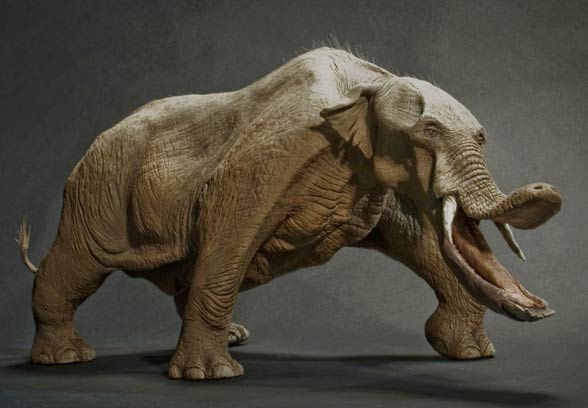
Megacarnivores
Megacarnivores were certainly larger than megaherbivores. The largest representatives of this group were: Andrewsarchus mongoliensis, and Creodonta from the genus Sarkastodon and Megistotherium, and also the short-faced bear, and the representative of the genus Amphicyon. They reached a maximum weight of 1,000 kg (2,200 lb). It is likely that smaller body size of the Pleistocene predators was caused by the fact that they couldn’t be ponderous and, as a result, slow. Certainly, what helped them, was their fast metabolism and the necessity to acquire food actively.
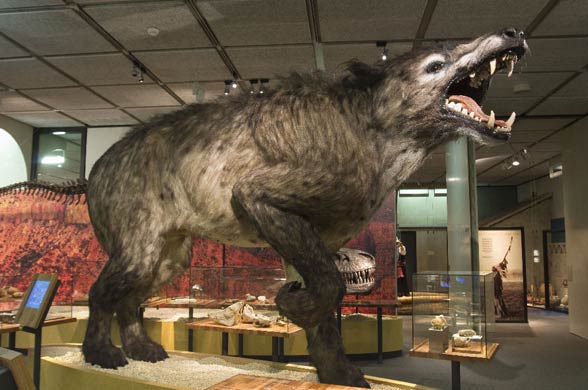
Reasons for increasing body size
The analyses of the maximum body mass of mammals from the last 40 million years have suggested that the decrease in the ambient temperature, and the increase in the size of continents are closely related to the increase in the maximum body size.
In turn, it is associated with Bergmann’s rule. It says that the populations of large-sized animals inhabit cold habitats, and smaller animals are found in warmer areas (unfortunately, the modern-day distribution denies that rule – the largest animals, e.g. elephants, hippos, rhinos, giraffes, live in warm areas of Africa and Asia). It can also be associated with thermoregulation in a cold climate. Thermoregulation enables large animals to survive in regions where food is seasonal.
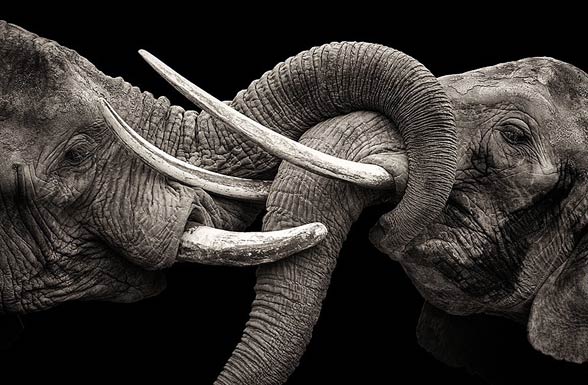
Marine mammals
In the Late Permian, the quadruped animals, including reptiles and, later, mammals, returned to the sea. Since then, marine animals were predominant on Earth in terms of size. It is likely, that their enormous body mass was a result of a more effective intake of oxygen by using the lungs.
The animals from the family Pakicetidae, which were adapted to live in water and were of the size of modern-day wolves, are believed to have been the ancestors of whales. These creatures lived on Earth about 53 million years ago, but already about 40 million years ago, whales reached a dozen or so meters in length. From about 30 million years ago to today, whales’ rate of maximum weight has risen significantly. That’s how the largest animal in the history of Earth – the blue whale – appeared.
Whales are not the only marine mammals that became extremely large, because the southern elephant seal is the largest modern-day carnivorous marine mammal.
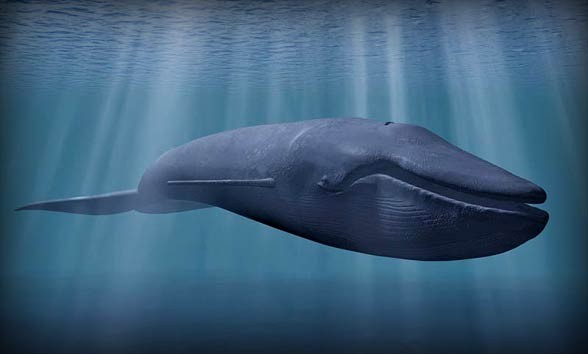
Reasons for increasing the body size of marine mammals
The incredibly rapid increase in the body size of marine mammals could have been a result of lower biomechanical limitations. Water “lightened” the body, so it could move in it more easily, while terrestrial animals are influenced by gravity. Also, it is likely that the process of thermoregulation in water was more efficient, because water is a great thermal conductor. It allowed marine animals to reach enormous sizes, which was impossible in case of terrestrial animals.
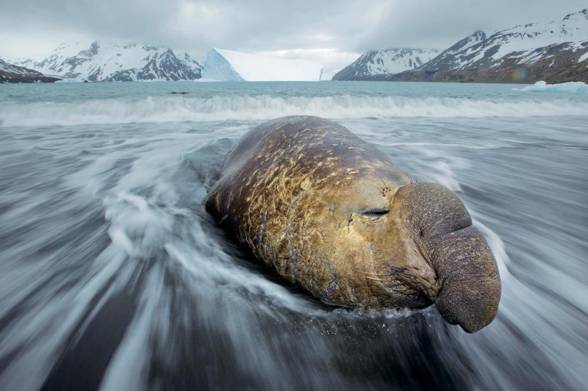
Flightless birds and reptiles
Shortly after the extinction of dinosaurs, mammals were a group of small and unobtrusive animals, so other vertebrates had about 10 million years for evolving to enormous sizes.
Ecological niches, occupied by leading predators, belonged to big reptiles, including snakes (e.g. the Titanoboa), crocodiles (e.g. Pristichampsus), lizards, mostly Varanidae (e.g. Megalania). Flightless birds, such as the representatives of the genus Astornis, and Paleopsilopters, also took a high place in this hierarchy.
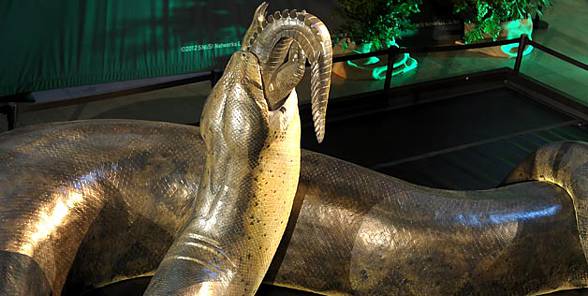
Extinction of megafauna – possible causes
The most known mass extinction of megafauna species took place in the Quaternary Period, at the end of the last glaciation. Resulting of this significant event, animals such as woolly mammoths that inhabited both the Americas and northern Eurasia, perished from Earth. It is difficult to determine what had the greatest influence on the mass extinction of animals in that period. It is mostly said, that it was caused by excessive hunting carried out by people, climate changes, new diseases, and the impact of a comet.
Nevertheless, the wave of extinction of the Pleistocene African and Eurasian megafauna flowed along with people spreading all over the world. Animals that had inhabited unpopulated areas started to perish. However, this extinction had nothing to do with climate changes, which has been proved by the analyses of geological samples. Australia was the first “victim” of the homo sapiens, where they had arrived about 45,000 years ago. In time, it was joined by Tasmania, Japan, the Americas, etc.
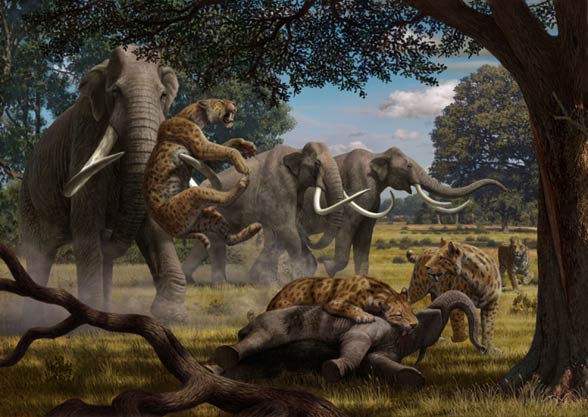
Megafauna – interesting facts
- None of the largest carnivorous, herbivorous, or omnivorous flightless birds of the Cenozoic Era did reach the size of the largest herbivorous and carnivorous mammals.
- The modern flightless birds native to New Zealand – the kiwi – have been recognized as the sister group of the extinct elephant birds from Madagascar. This discovery shows that gigantism and the inability to fly occurred independently of one another. The occurrence of these features in the ratites was probably the result of the so-called parallel evolution.


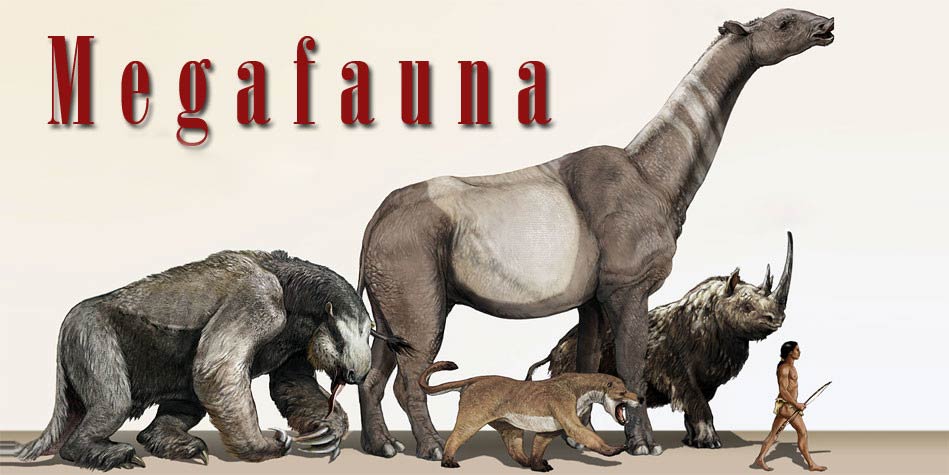


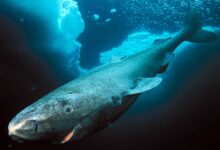




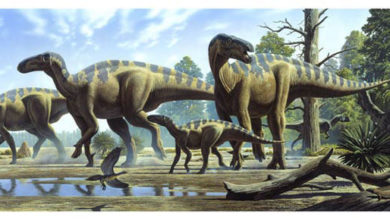
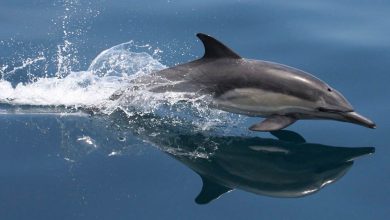

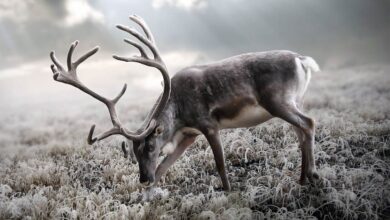
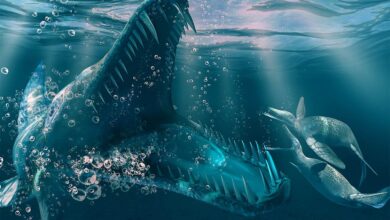

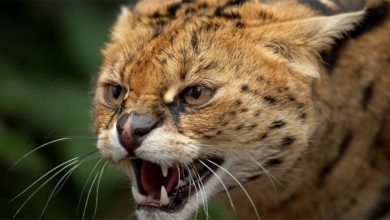

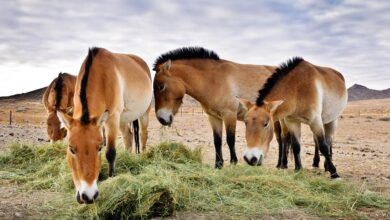

It is a pity that no longer live such large animals.
Only whales and elephants remain…
Well yeah it is a shame that they are no longer living on this planet. but in the other hand its good because they dont have to suffer from the humans stupidity, curiosity for anything new and the fear of what they dont understand. the humans would hunt those creatures if they manage to survive long enough in a time where those gigantic carnivores exist.